How is the British royal family funded? This is a question often asked of Blue Badge Tourist Guides. When asked, I usually say that if we abolished the royal family, every taxpayer in the country would get back a pound on their income tax (bearing in mind that not everyone pays tax) – but that you would never see the money in any case as ‘they’ (ie, the politicians) would spend it on something else in any case. Moreover, the ‘invisible’ benefits of having a royal family are not factored into these sums. The royals remain extremely popular in Britain, particularly in the tourist business.
That said, the British royal family is funded through public and private sources, including The Sovereign Grant plus income from the Royal Duchies – Lancaster and Cornwall. Beyond this, King Charles III, Prince William, and other members of the royal family also have personal wealth and income from private investments.
 The British Royal Family on Buckingham Palace balcony after Trooping the Colour 2023. Photo Credit: © Katie Chan via Wikimedia Commons.
The British Royal Family on Buckingham Palace balcony after Trooping the Colour 2023. Photo Credit: © Katie Chan via Wikimedia Commons.
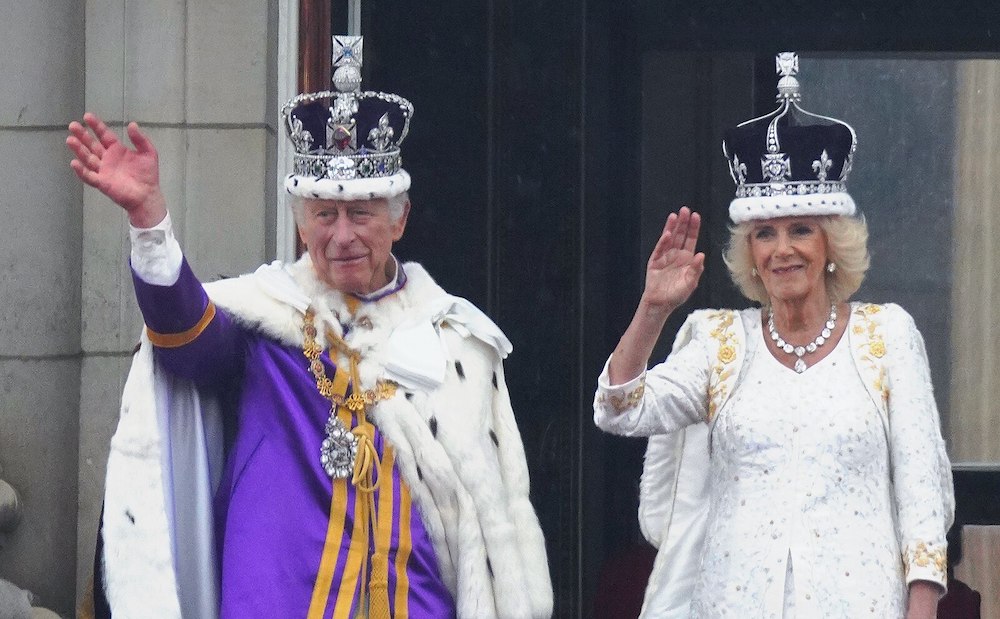 King Charles and Queen Camilla waving from the balcony of Buckingham Palace. Photo Credit: © Isaac Mayne/DCMS via Wikimedia Commons.
King Charles and Queen Camilla waving from the balcony of Buckingham Palace. Photo Credit: © Isaac Mayne/DCMS via Wikimedia Commons.
The Sovereign Grant – formerly The Civil List
The first thing to be said about the royal finances is that King George the Third had little time or patience for it and, in 1760, in one of the first Acts of Parliament passed in his the reign, the government of the day committed to supporting the cost of running the monarchy in exchange for a large amount of land that was given to the British government. Thus was born the Sovereign Grant and the Crown Estate was set up. The Estate, which consists of about 3,000 acres (1,200 hectares) of farmland and a good deal of prime real estate in London, including much of Regent Street and the very profitable Apple Shop there.
The Sovereign Grant (the Civil List until 2012) currently stands at £86.3 million a year and is revised every five years. This covers staff costs at royal residences and events such as royal weddings and includes a one-off sum for the restoration of Buckingham Palace – so the ballpark figure of £1 per taxpayer is not far off. It does not, however, cover the cost of security or ceremonial events that the royals take part in which is paid directly by the government. A country like the United Kingdom needs a head of state and the police and army who provide security would have to be paid in any case, so it is difficult to quantify this amount. However, the coronation of King Charles cost around £72 million and the funeral of the late Queen Elizabeth the Second cost about £172 million. The invisible benefits of maintaining a royal family cannot be calculated with precision but it certainly does not come cheap.
King George – and succeeding monarchs – were given an annual grant by the government, effectively an annual salary from the British taxpayer. The last monarch to be granted a Civil List income before it became known as the Sovereign Grant was the late Queen Elizabeth II. Her grandfather, King George V, had voluntarily surrendered his right to the £50,0 00 a year he was entitled to from the Civil List because the United Kingdom was suffering from the Great Depression at the time, and many of his subjects were themselves short of money.
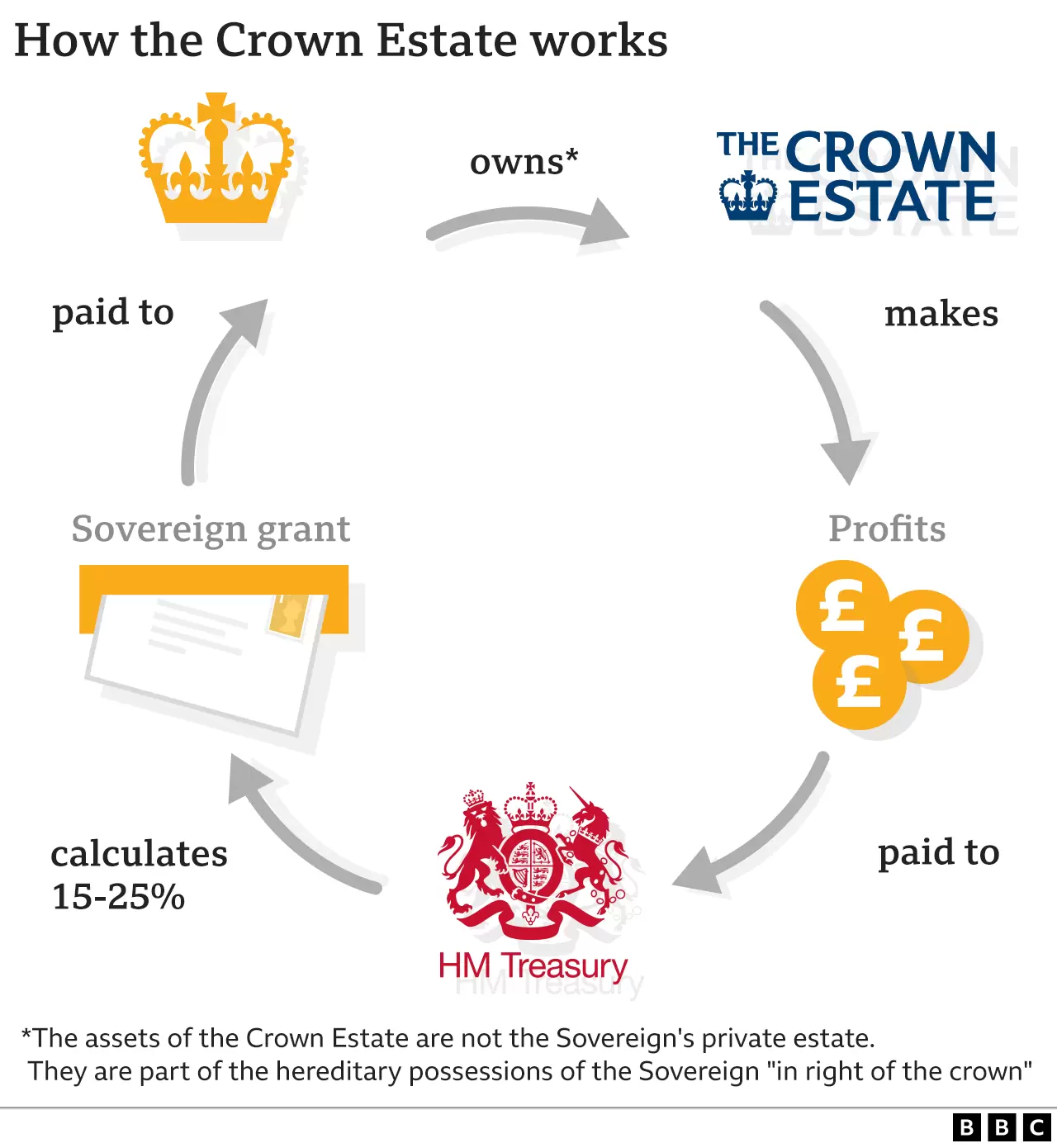 How the Crown Estate Works. Photo Credit: © BBC.
How the Crown Estate Works. Photo Credit: © BBC.
The Royal Homes
Windsor Castle is one of three official homes belonging to the monarch, the others being Buckingham Palace and Holyrood House in Edinburgh. In addition, two private homes, Sandringham House and Balmoral Castle, were purchased by Queen Victoria. She also purchased Osborne House on the Isle of Wight as a holiday home. Although Victoria died at Osborne, the house is now solely used as a museum and, like the Tower of London, Kew Palace and Hampton Court, Osborne is classified as ‘unoccupied’, as opposed to the other royal homes, which are classified (and are) ‘occupied’ by royalty. King Charles also bought a private home near to Bath. This is called Highgrove Hall and is rarely open to the public. The King also owns homes in Scotland, an eighteenth Palladian style building called Dumfries House, and in Wales, a 192 acre estate called Llynywermod in Carmarthenshire.
Because of the restoration work at Buckingham Palace all state visits to Britain will be based at Windsor Castle until at least 2027 when the restoration work is expected to be finished. The last state visit based at Buckingham Palace was by the Emir of Qatar in 2024.
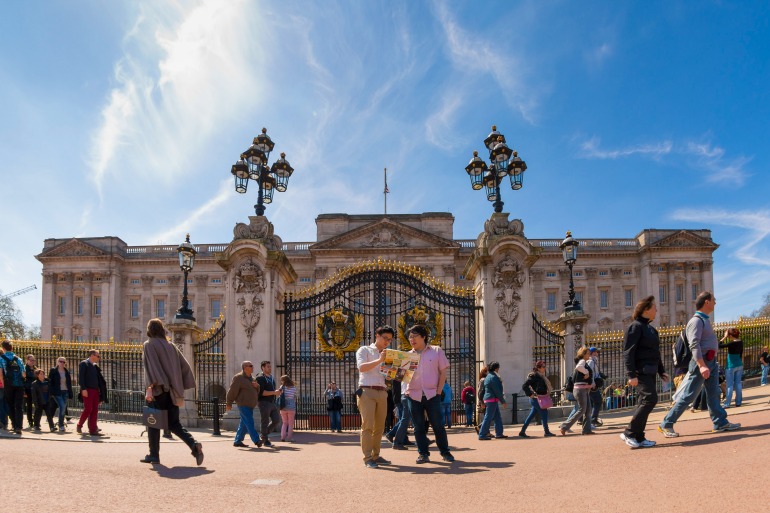 Tourists in front of Buckingham Palace. Photo Credit: ©London & Partners.
Tourists in front of Buckingham Palace. Photo Credit: ©London & Partners.
Royal Duchies – Lancaster and Cornwall
Under the terms of the 1760 Act, the British Royal Family also retained rights to income from the Duchy of Lancaster. This consists of 45,000 acres (18,500 hectares) of land in England and Wales and is estimated to be worth £650 million and provides the monarch with around £24 million a year. This income is tax-free, but the late Queen agreed to pay income tax in 1993, and the monarch now pays tax on income from the Duchy. He (or she) is sometimes referred to as the Duke of Lancaster, although this title was officially discontinued in 1422. It is assumed that this tax is paid at the highest rate of 45% but even this has not been confirmed as all tax affairs in Britain are confidential. The monarch and the heir to the crown are not obliged to pay tax but voluntarily pay an amount ‘in lieu’ of tax.
The Prince of Wales receives no money from the British government. He holds the title of Duke of Cornwall and owns large tracts of land in Cornwall and other parts of the United Kingdom (including the land on which the Oval cricket ground stands). The Duchy of Cornwall’s holdings comprise around 135,000 acres (55,000 hectares) and are estimated to be worth about one billion pounds. It provides an income of £23.5 million a year, which the Duke of Cornwall (aka the Prince of Wales) has agreed to pay taxation on since 1993.
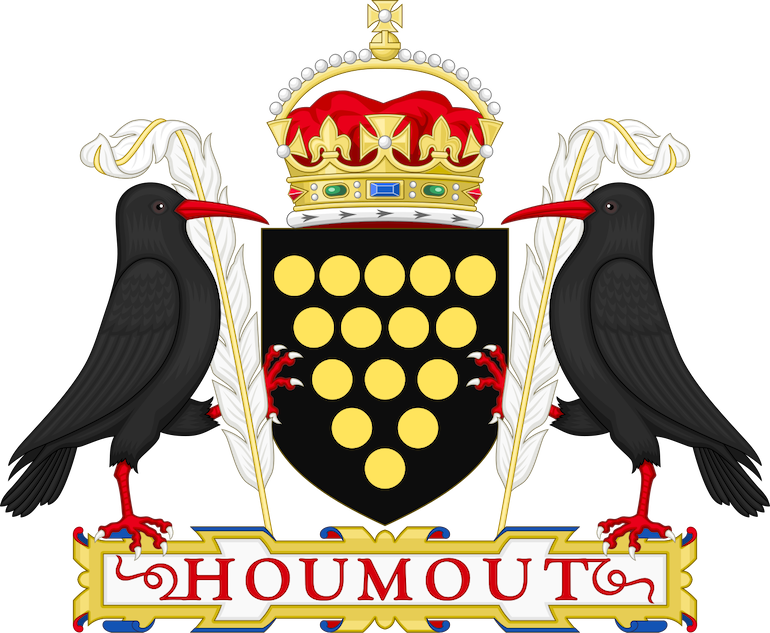 Coat of arms of the Duchy of Cornwall. Photo Credit: © Sodacan via Wikimedia Commons.
Coat of arms of the Duchy of Cornwall. Photo Credit: © Sodacan via Wikimedia Commons.
How Much is the King Worth?
With his annual income from the Sovereign Grant and the Duchy of Lancaster the monarch, as we say in Britain, ‘is not short of a bob (shilling) or two’. How much of this personal wealth he is free to dispose of as he wishes is up for debate. Charles has been described as ‘owner of the finest art collection in the world’. However, he could not realistically sell any of these paintings because they are seen by members of the public and visitors to these shores. He may own them technically but they are part of the birthright of the monarch and, as such, are effectively unsellable. Much the same could be said of the royal stamp collection which is said to be worth over £100 million. It was built up largely by Charles’s great-grandfather King George V, for whom stamp collecting was an all-consuming hobby.
King Charles III is thought to be worth over £600 million. He is ranked as one of the thousand wealthiest people in the rich list published every year by The Sunday Times. He is, however, ‘only’ at 258 on this list, behind his former Prime Minister Rishi Sunak, who is thought to be worth about £650 million, and Sir Pal McCartney who is now a billionaire.
So, how much does the Royal Family actually cost the British taxpayer? The official answer implies that the average citizen would think that the Royal Family was actually good value for money and would opt to retain it. Having a Royal Family also boosts business in hard-to-quantify ways. Although people would still travel here to see Stonehenge and Stratford-upon-Avon, the tourist business would undoubtedly suffer if we abolished the royal family.
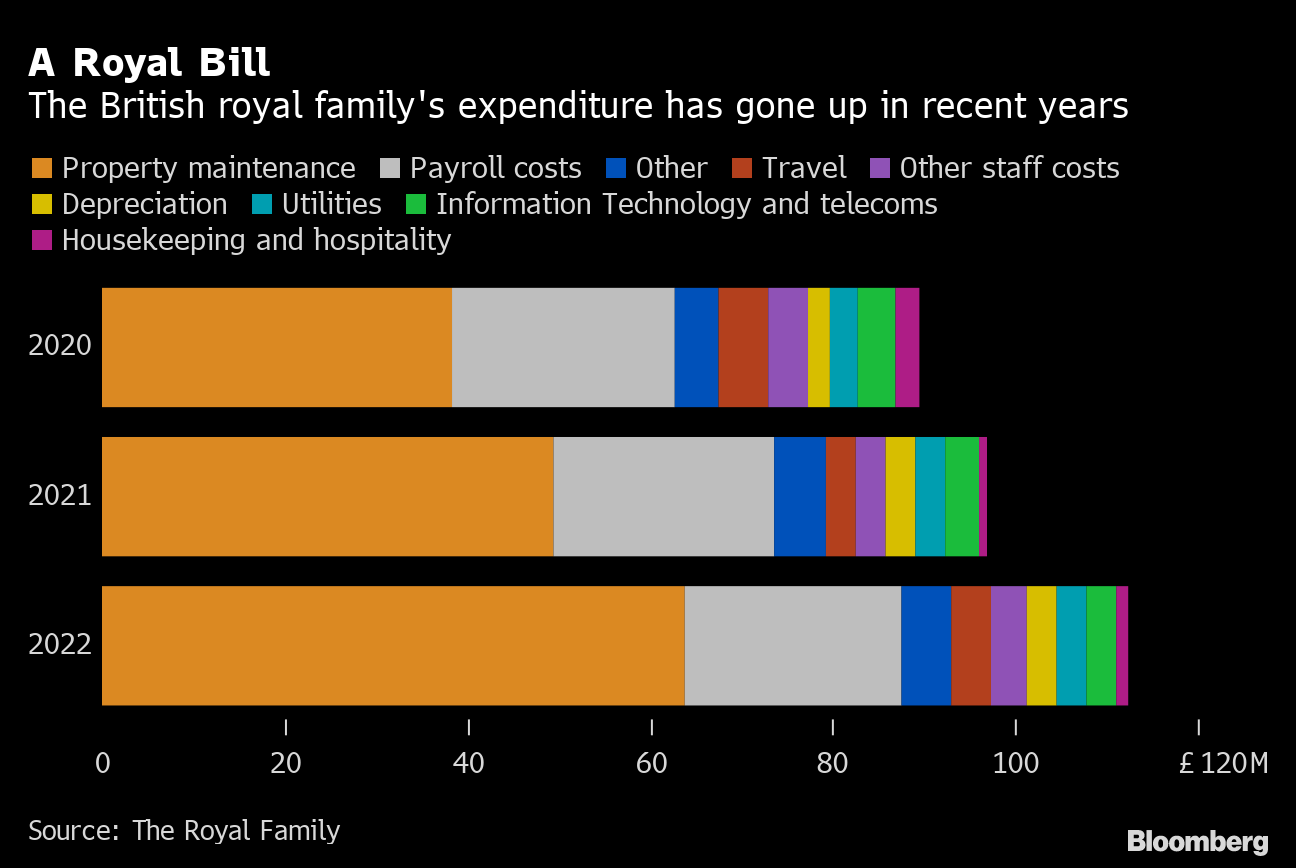 British Royal Family Expenditure. Photo Credit: © Bloomberg.
British Royal Family Expenditure. Photo Credit: © Bloomberg.



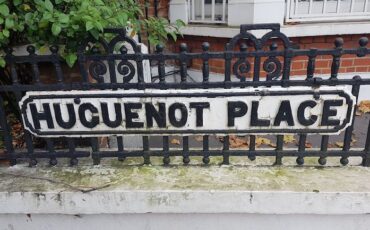



Leave a Reply